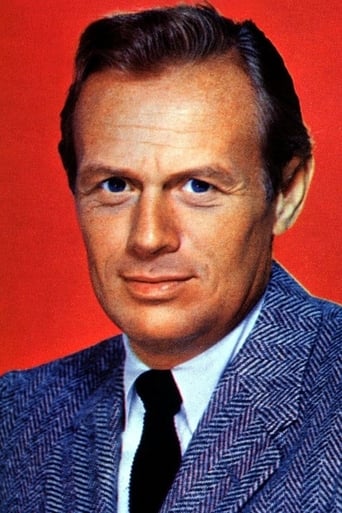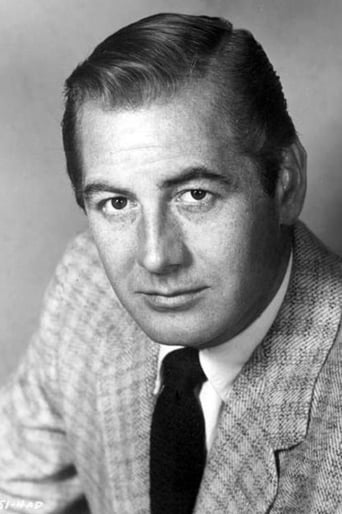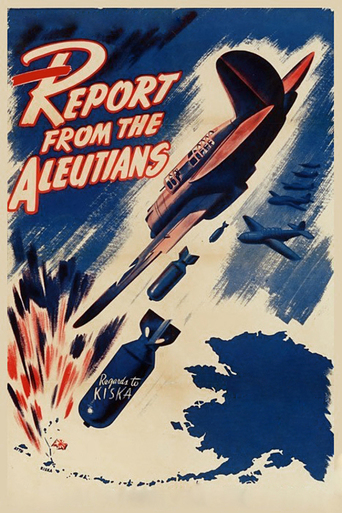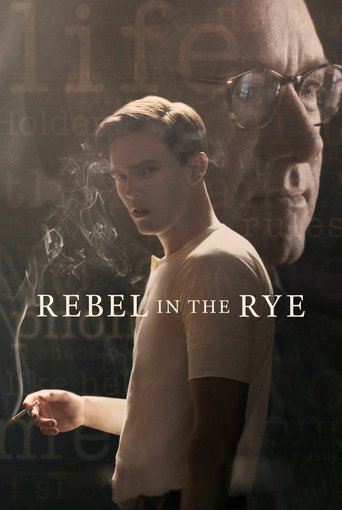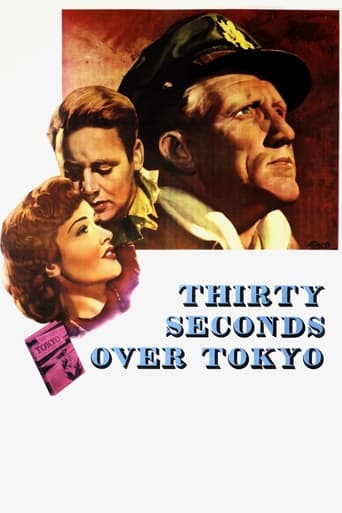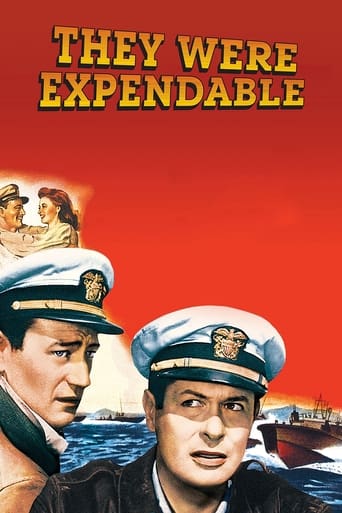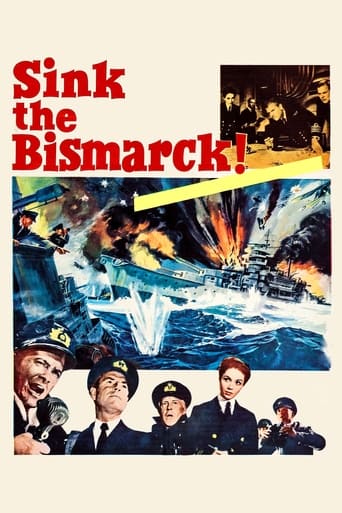
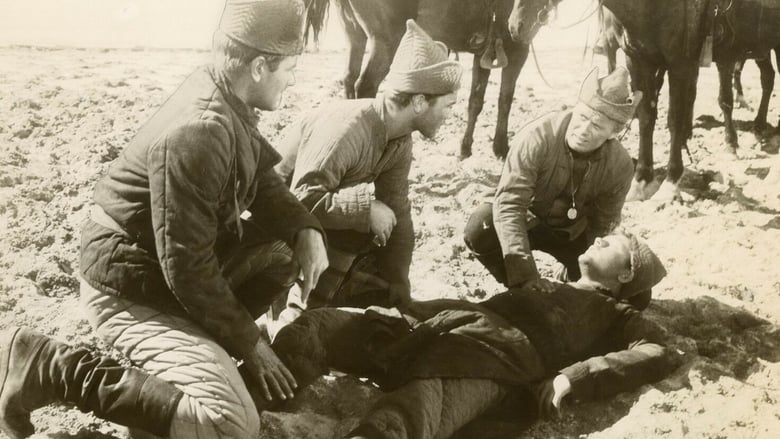
Destination Gobi (1953)
A group of US Navy weathermen taking measurements in the Gobi desert in World War II are forced to seek the help of Mongol nomads to regain their ship while under attack from the Japanese.
Watch Trailer
Cast
Similar titles
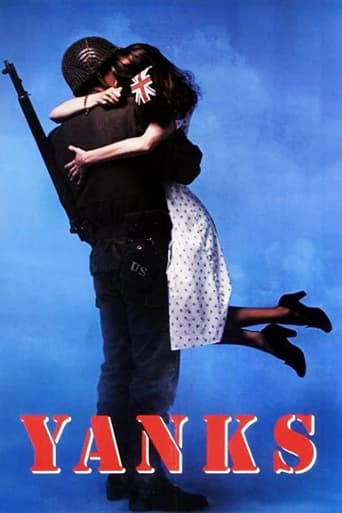
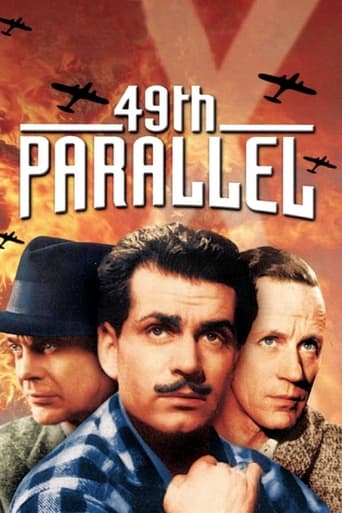
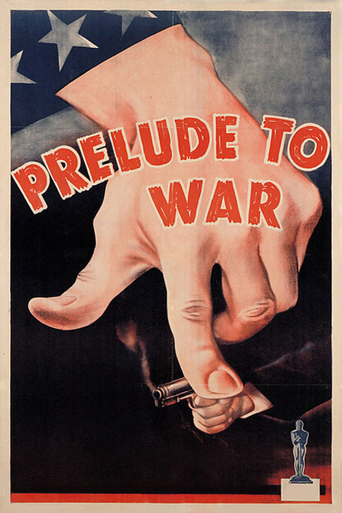
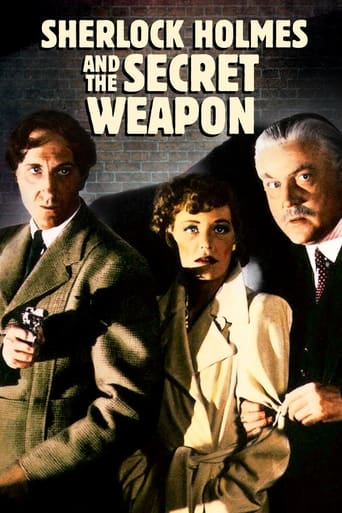
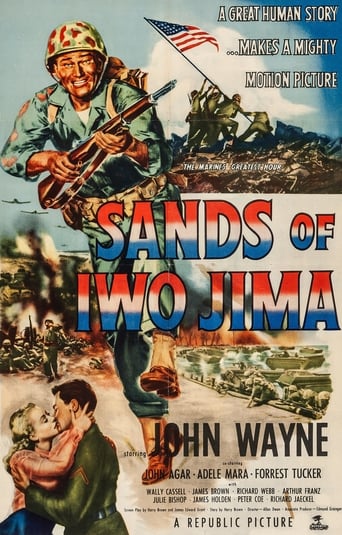
Reviews
A terrific literary drama and character piece that shows how the process of creating art can be seen differently by those doing it and those looking at it from the outside.
Each character in this movie — down to the smallest one — is an individual rather than a type, prone to spontaneous changes of mood and sometimes amusing outbursts of pettiness or ill humor.
It is an exhilarating, distressing, funny and profound film, with one of the more memorable film scores in years,
This is one of the best movies I’ve seen in a very long time. You have to go and see this on the big screen.
Saw its title and brief story on tv last week or so and wasn't attracted ... but saw it tonight and well, it's true you shouldn't judge a book by its cover! didn't feel betrayed or lost after watching this little yet really nice movie ... there were many parts about it that brought a smile to my lips and overall i have to say it was quite a 'discovery' for me ... an underrated forgotten work perhaps?
Destination Gobi is directed by Robert Wise and written by Everett Freeman. It stars Richard Widmark, Don Taylor, Casey Adams & Murvyn Vye. "In the Navy records in Washington, there is an obscure entry reading 'Saddles for Gobi.' This film is based on the story behind that entry--one of the strangest stories of World War II."An odd story makes for an oddly entertaining yarn as Widmark and co troop across the Gobi Desert after a Japanese air attack on their weather station base. Other problems exist too, as the Mongol tribe they have befriended may not actually be friends. Poor Widmark, he's a Navy man out in the desert and the motley crew under his command are getting rather restless. Amazingly based on a true incident, tho we can safely assume there's much poetic license used by the makers, Destination Gobi has a nice blend of action, drama, adventure and comedy. The cast work well as a unit and run with the oddity of the plot, while Wise directs with customary assuredness. It's not one you would sit thru too often once viewed for the first time, but while it's on it's never less than engaging . 6.5/10
There were a lot of WW2 pictures made in the late 40s and early 50s, made as uncomplicated gung-ho nostalgia, doubling as propaganda for the ongoing war in Korea. By and large they were cheap and cheerful affairs; poorly scripted and poorly acted. Destination Gobi is just such a picture, its main exception being that it is somewhat spruced up by the direction of the great Robert Wise.Being relatively low-budget Destination Gobi is rather short on action, instead relying upon suspense sequences and musings on military life for its entertainment value. Sadly the screenplay isn't quite up to the task. There is a sprinkling of quasi-philosophical dialogue, most of which is feeble and unconvincing (the only line I liked was the one about Inner Mongolia being "hotter, dryer and inner"). The characters are the usual B-movie one-dimensionals, and many scenes are so lacking in credibility the tension can't work because there is no real sense of danger.This is where Robert Wise comes in. It's often interesting, albeit dissatisfying, to see a really top-notch director slumming it in a B-unit to see what they can make out of the weakest of elements. This is especially true of Wise, who had no ego and always aimed to make the best out of whatever the studios threw at him. This is his first colour picture and, as far as I know his earliest to really make use of wide-open spaces. Most of Wise's pictures up until now had been gritty thrillers, and even his 1948 horse opera Blood on the Moon is literally a dark Western. It's been remarked by others that the landscape in Destination Gobi is filmed to show off its beauty, but also watch Wise's timing. It would be normal convention to cut to a landscape shot after the opening scene at SACO HQ, but in fact Wise takes care not to properly show us the desert and emphasises the smallness and darkness of the tent. Only after the Mongols have been introduced do we get these breathtaking outdoor shots. The contrast is striking and it makes us associate the Mongols with the beauty of the location, even if only subconsciously.I am sure Wise knew he had been given a bum script, and he takes advantage of the quiet moments. Wise's direction was generally at its best when there was no dialogue anyway (check out Lawrence Tierney in Born to Kill) and he particularly seemed to like drawing out these moments and giving the actors space to emote. Consequently there is tenderness uncharacteristic of such a picture when the soldiers mourn a fallen comrade, opening the scene with a respectful long shot of the gravesite. Again the natural beauty of the landscape is used, this time as a bittersweet counterpoint.The cast is headed by Richard Widmark, who like Wise was good at what he did yet spent much of his career in B-flicks. And, as with Wise, we can look at this positively and say that he at least leant some quality to pictures that have very little else going for them. He can't quite make the appalling dialogue sound plausible, but at least he emotes well and has strong presence. The Mongol characters may not be granted any dignity by the screenplay, but at least the reliable Murvyn Vye turns in a dignified performance as Chief Kengtu, adding a layer of personality to the character that is not there in the script.These little oases of quality do not prevent Destination Gobi from mostly being a desert of mediocrity. Studying Robert Wise's work, this is like a little exercise in thoughtful direction, but nothing more because there isn't enough depth to the story or characters to make it pay off. And who would expect more from a ninety-minute no-brainer? However, at least the efforts of Wise (as well as renowned art directors Lyle Wheeler and Lewis Creber, and cinematographer Charles Clarke well-deserved honourable mentions) have made it nice to look at. It's occasionally even entertaining as well.
I saw this movie on television years ago. Thankfully it was filmed in color, which only serves to enhance the appearance of the Mongol culture depicted in the film. Richard Widmark is always fun to watch and watching the two opposite cultures Mongol and Navy try to deal with each other was interesting. The story was unusual although mostly factual and would like to see it again, even purchase it. It manages to keep your attention mostly without explosions and chaos typical of a wartime environment. Good movie!
